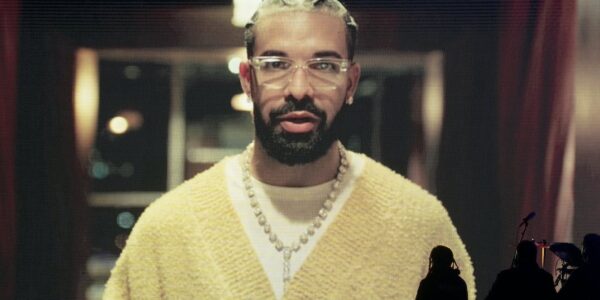Art illuminates the beauty of science – and could inspire the next generation of scientists young and old
Scientists have often invited the public to see what they see, using everything from engraved woodblocks to electron microscopes to explore the complexity of the scientific enterprise and the beauty of life. Sharing these visions through illustrations, photography and videos…
LGBT+ history: the story of camp, from Little Richard to Lil Nas X
Although camp is difficult to define, it probably doesn’t need much description. Ever since 1956 – when former teenage drag queen Little Richard began performing his tribute to anal sex, “Tutti Frutti”, while wearing a six-inch pompadour, plucked eyebrows, and…
6 ways to help kids express their feelings about the coronavirus pandemic through art
The COVID-19 pandemic has affected children’s worlds in many ways. Due to closures and restrictions, they have experienced the loss of social engagement and the support of friends, school communities or extended family. Children have likely had conversations about the…
Drawing data: I make art from the bodily experience of long-distance running
In 1979, the American artist Allan Kaprow wrote Performing Life, an important essay in the history of Western art arguing for the blurring of art and life. Kaprow suggested we perform art in our everyday living by paying attention to…
Why the growth of AI in making art won’t eliminate artists
Generative artificial intelligence (AI) has been in the news, most recently concerning the Hollywood actors’ strike about the potential impact of AI in filmmaking. Another story involved AI being used to replicate the voice of the Canadian rapper Drake in…
Take risks, embrace failure and be comfortable with uncertainty: 3 activities to help your child think like an artist
As a visual artist and educator, I know how important it is to encourage your child to think and behave like an artist. But this is not necessarily about drawing or painting in a particular way. The habits of an…
Transgress to impress: why do people tag buildings – and are there any solutions?
In 1985 photographer Rennie Ellis defined graffiti as “the result of someone’s urge to say something – to comment, inform, entertain, persuade, offend or simply to confirm his or her own existence here on earth”. Since the mid-1980s, graffiti has…
How an African collection of art in Canada is celebrated with care and community
A significant collection of traditional African art has had a home in Canada for almost a hundred years. At Agnes Etherington Art Centre, we are working on new, more hospitable practices of care for this collection. This means that we…
Van Gogh Museum at 50: what painter’s letters to his family expose about why he became an artist
Vincent van Gogh fits the stereotypical image of the tragic modern artist: the tortured genius and scruffy bohemian battling mental ill-health and lack of recognition from peers and a public who couldn’t appreciate his audacious vision. Now, of course, he…
Have you fallen for the myth of ‘I can’t draw’? Do it anyway – and reap the rewards
This article is part of a series explaining how readers can learn the skills to take part in activities that academics love doing as part of their work. Drawing is a powerful tool of communication. It helps build self-understanding and…













